
Philippines plastic pollution: why so much waste ends up in oceans
The Philippines is the world’s third-largest ocean polluter despite a waste management act coming into effect 18 years ago. The culprits? Corruption, lack of political will – and an addiction to single-use plastic sachets
Masses of plastic trash swirling in waterways, garbage clogging drainage canals and huge stinking dump sites are among the most visible manifestations of the waste crisis in the Philippines.
A 2015 report on plastic pollution by the Ocean Conservancy charity and the McKinsey Centre for Business and Environment ranked the Philippines as the third-largest source of discarded plastic that ends up in the ocean, behind two other Asian nations: China and Indonesia.
Can you live plastic-free for a week? A Hong Kong eco-warrior tries
The Philippines generates 2.7 million tonnes of plastic waste annually and 20 per cent – or half a million tonnes – of that leaks into the oceans, the report stated.
According to Froilan Grate, executive director of the Philippines branch of the Global Alliance for Incinerator Alternatives, an absence of garbage collection services in secondary cities and many of the country’s smaller islands is largely to blame for the overwhelming amount of marine plastic coming from the country.
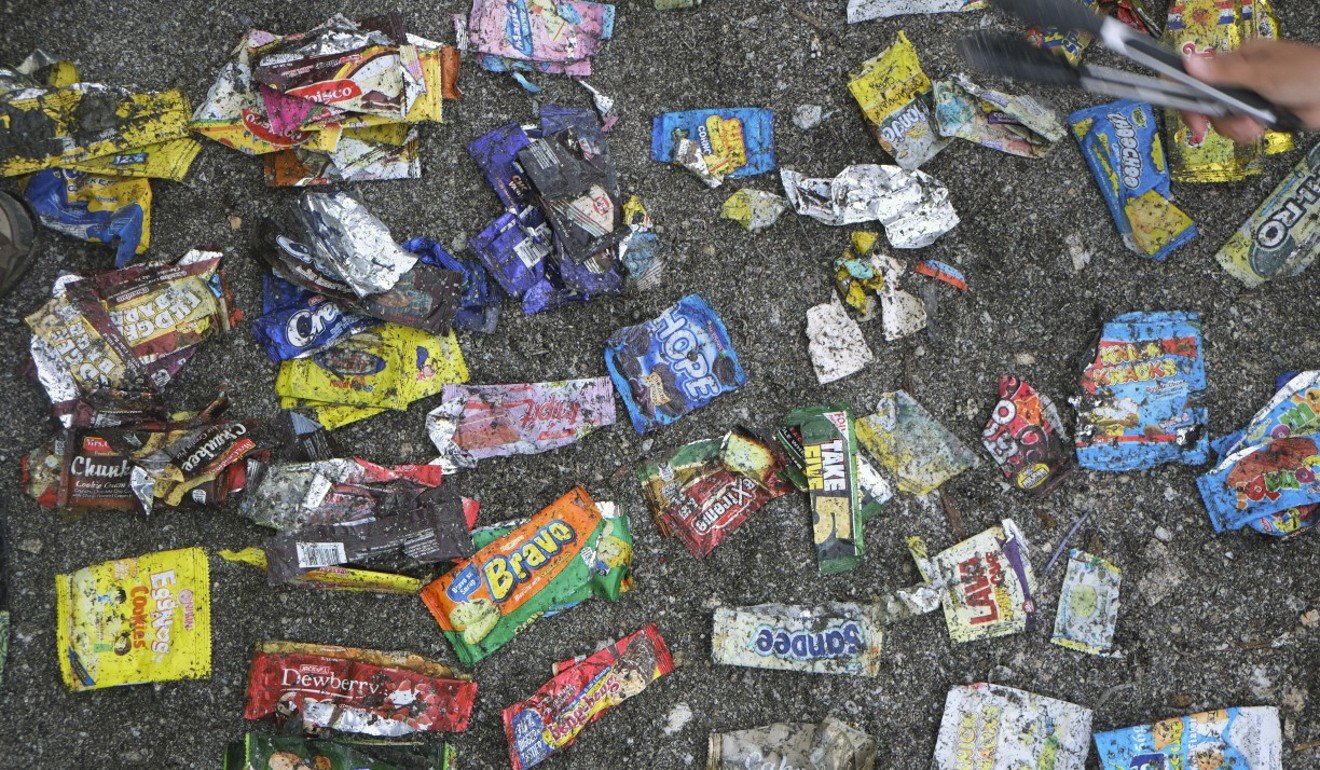
In 2000 a solution was presented in the form of the Republic Act 9003, also known as the Ecological Solid Waste Management Act of 2000, but local governments in the Philippines have struggled to implement its directives, Grate says.
The law, considered landmark legislation on environmental management, mandated city and municipal governments to organise and sustainably manage the collection and disposal of solid waste. It also directed the closure of open dump sites and created the National Solid Waste Management Commission to oversee the law’s implementation.
Why Covid-19 is Asian environmental catastrophe in the making
However, almost 18 years later, there are still more than 900 open dump sites across the country, Grate says.
“Many secondary cities do not have waste collection at all,” he explains, adding that segregation and recycling efforts are scant, regardless of the legislation.
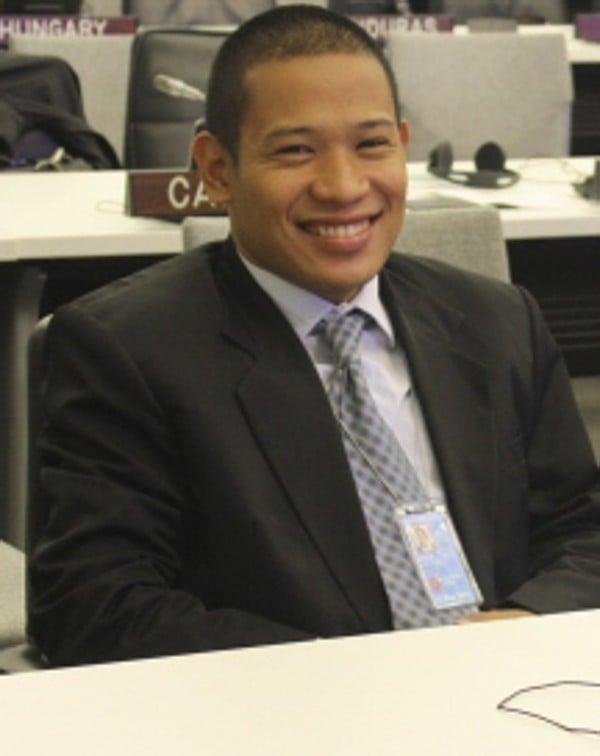
Von Hernandez is one of the Philippines’ most influential environmental activists and the global coordinator of the Break Free From Plastic movement. He says that despite RA 9003 often being regarded as model legislation for other countries, and that it clearly spells out solutions, implementation has been a challenge because funds earmarked for waste disposal are vulnerable to corruption, and local governments lack the political will.
“RA 9003 mandates recycling, segregating and the closure of dump sites … yet you see so many of them near bodies of water such as Manila Bay and Laguna de Bay [the country’s largest lake]. It is common sense that these should be shut down – yet there they are,” he says.
He adds that there is a need for frontline officials to be consistently educated about the waste management act so they are able to properly implement it.
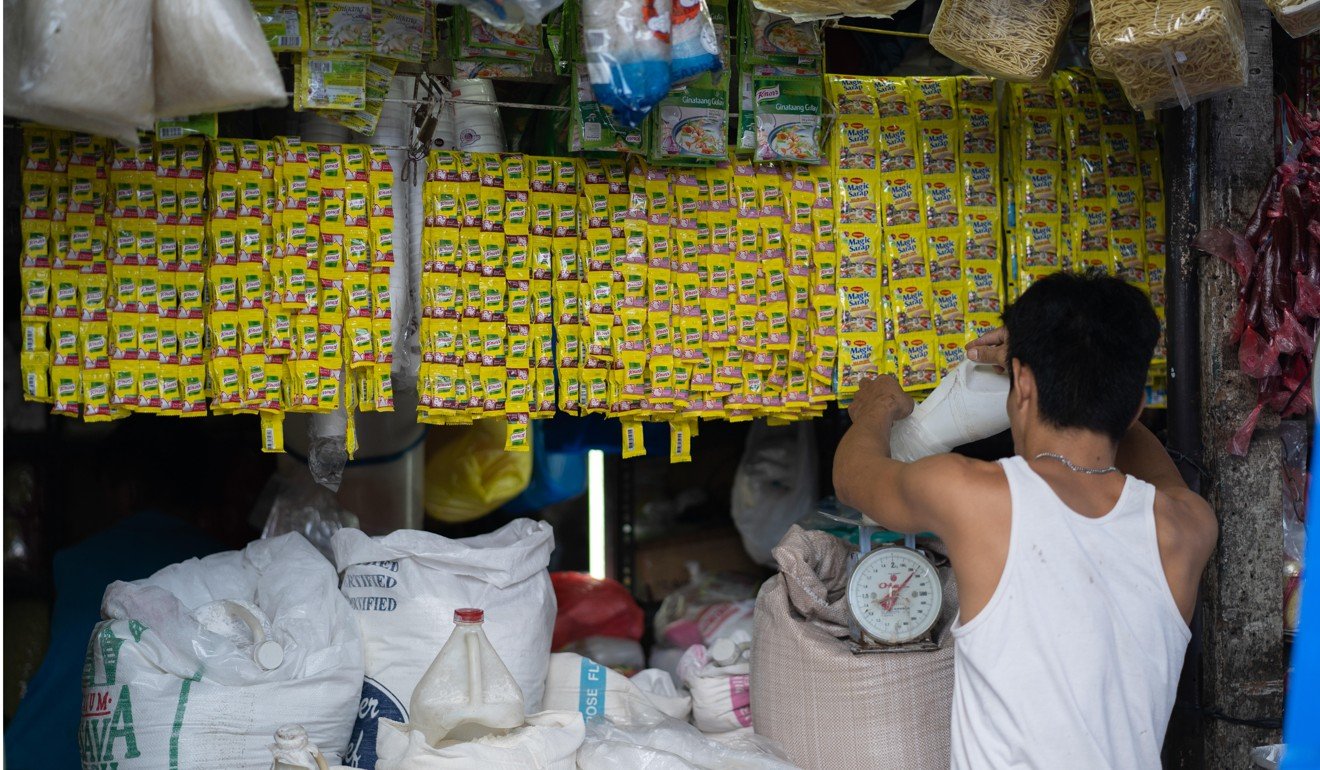
Hernandez and Grate both insist that there is no reason why the law cannot be implemented in full across the country like it was in the city of San Fernando in the country’s northern Pampanga province. There, in 2012, a charity called the Mother Earth Foundation worked with schools on waste reduction that resulted in an estimated 70 per cent of the city’s waste being recycled that would otherwise have ended up in a local dump site. Today, the city is regarded as a model for decentralised waste management and has been labelled one of the best zero-waste models in Asia-Pacific.
Sachets have become an industry standard … These types of packaging are non-recyclable and of no value, so nobody collects them
As in other developing countries, the explosion in plastic waste in the Philippines began in the 1970s, when consumer-goods companies began selling products in single-use, throwaway packaging.
Hernandez, who has also served as the executive director of Greenpeace Southeast Asia, says a large proportion of plastic waste in the Philippines today is made up of thin plastic-and-aluminium-laminated sachets which are used by multinational companies to sell their products.
Before such sachets were introduced, Filipinos followed “tingi” culture, Hernandez recalls. Shoppers took their own reusable containers to their neighbourhood sari-sari convenience store when they bought small servings of vinegar, soy sauce and other condiments.
The laminated sachets are used for everything ranging from shampoo, toothpaste, creams and soaps to crackers, nuts and other foodstuffs.
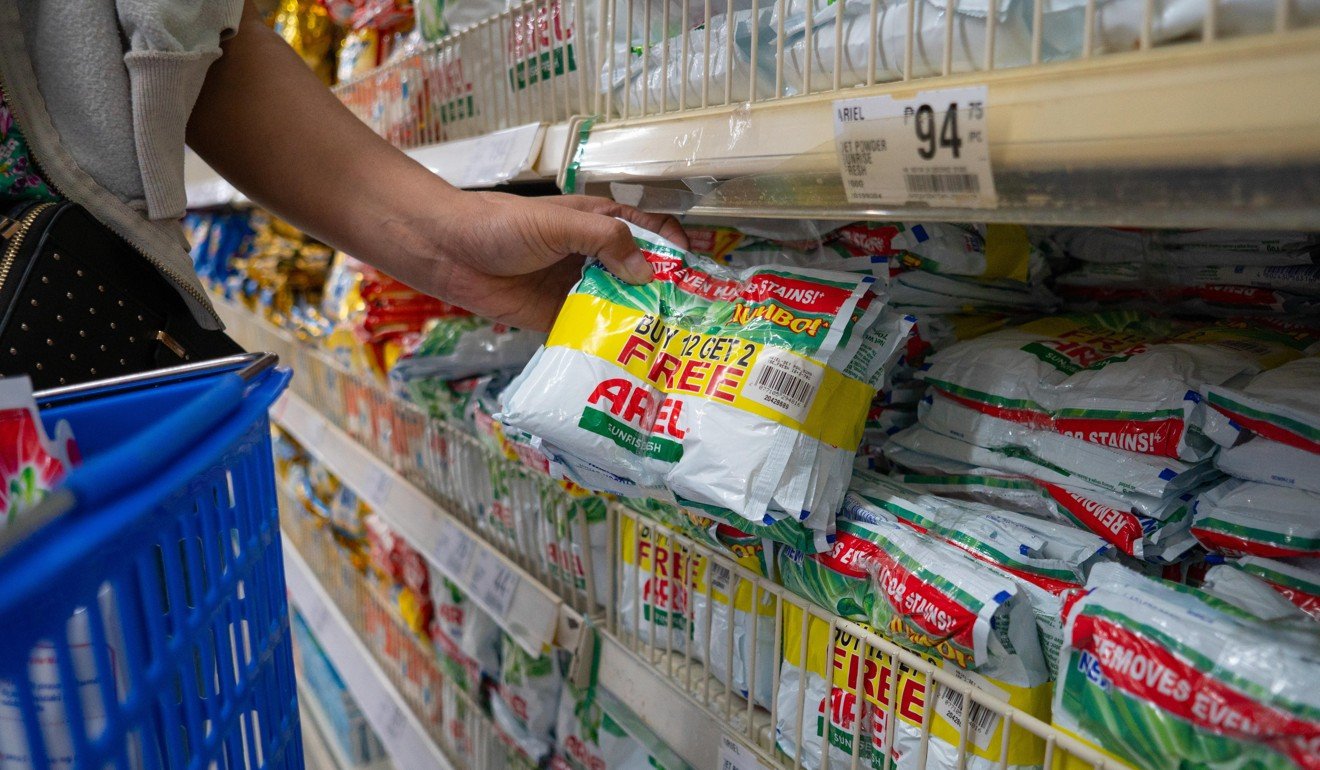
Although goods in sachets are cheap and convenient in a country where more than a quarter of the population live below the poverty line, they are a huge environmental nuisance.
“Sachets have become an industry standard,” Hernandez says. “It is part of companies’ strategies to cater to the masses and promote their brands. The consequence of that is pollution. These types of packaging are non-recyclable and of no value, so nobody collects them. Also, there is no infrastructure in this country capable of processing them after use.”

A recent brand audit conducted by member organisations of the Break Free From Plastic movement discovered that Unilever, Nestlé, Procter & Gamble and Colgate-Palmolive were among the biggest producers of the plastic waste found in the country. The finding is consistent with that of a week-long beach clean-up carried out on Freedom Island in September 2017.
“It is interesting that the most common packaging found during the audit was single-use sachets,” says Dianna Cohen, co-founder and CEO of the Plastic Pollution Coalition, one of the organisations that participated in the clean-up. “Single-use plastic is ubiquitous, but it lasts forever. Recycling cannot be the answer, so we need to change the system.”
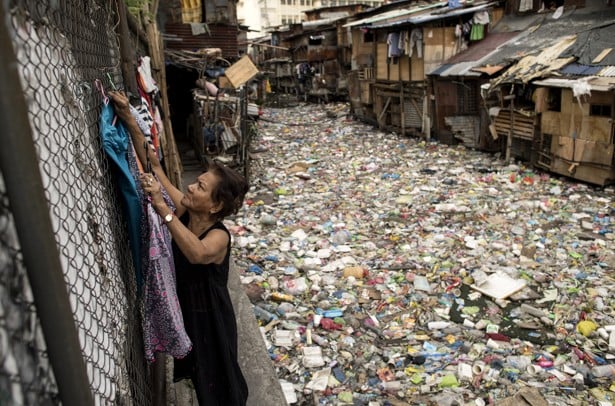
The Asian Development Bank and the Philippines’ Department of Environment and Natural Resources jointly project that if sachet use continues on the current scale, the Philippines will need 200 new landfills the size of Metro Manila – itself roughly 600 square kilometres in size – by the year 2020.
In response to the growing problem, many local governments have passed ordinances to regulate use of plastic that covers items such as shopping bags and secondary packaging materials.
Several lawmakers also have filed bills in an attempt to mandate a nationwide prohibition of non-biodegradable straws and stirrers, ban the use of single-use plastic, and regulate the production, import, sale, use and disposal of plastic bags.

Arlen Ancheta, vice-president of internal affairs at the Mother Earth Foundation, does not expect such initiatives to have much effect on waste volumes. He says, however, that they can help inform the public about the gravity of the problem, and hopefully encourage them to change their consumption habits.

Jeremiah Sebastian, of the Pollution Control Association of the Philippines, sees things differently. He says the country will not be ready to phase out plastic use until cost-effective alternatives are available.
“The problem with banning plastic in general is we tend to see the ‘evil’ side, focusing on why it was there in the first place. But there is no such thing as eco-friendly packaging – only ‘friendlier’,” he says. “It’s a matter of minimising the environmental impact of a particular material. That’s where life-cycle assessment comes into play.”
He notes, however, that life-cycle assessment is not currently carried out due to underfunding at the National Solid Waste Management Commission, which is tasked by RA 9003 with identifying and phasing out non-environmentally acceptable products and packaging materials.
Metro Manila alone spends US$130 million a year to dispose of waste – garbage that big corporations are making money with
Charities including Greenpeace, the Global Alliance for Incinerator Alternatives, the Mother Earth Foundation, and the Plastic Pollution Coalition regularly approach the government to discuss cities’ non-compliance with RA 9003. In the meantime, seeing little or no progress, they also conduct coastal clean-ups with various partners to reduce the amount of marine debris ending up in the ocean.
Grate maintains that waste management is just a small part of the solution.
“San Fernando was able to reduce its waste by 70 per cent. But still, residual waste remains. It is that which cannot be managed because of its non-recyclable nature. So the real problem is the companies producing such problematic packaging,” he says.
“Yes, cities should do their part in waste management through collection, composting, recycling … but even if all cities comply with RA 9003, there will be residual waste. So companies should start using alternatives that are manageable for communities.”
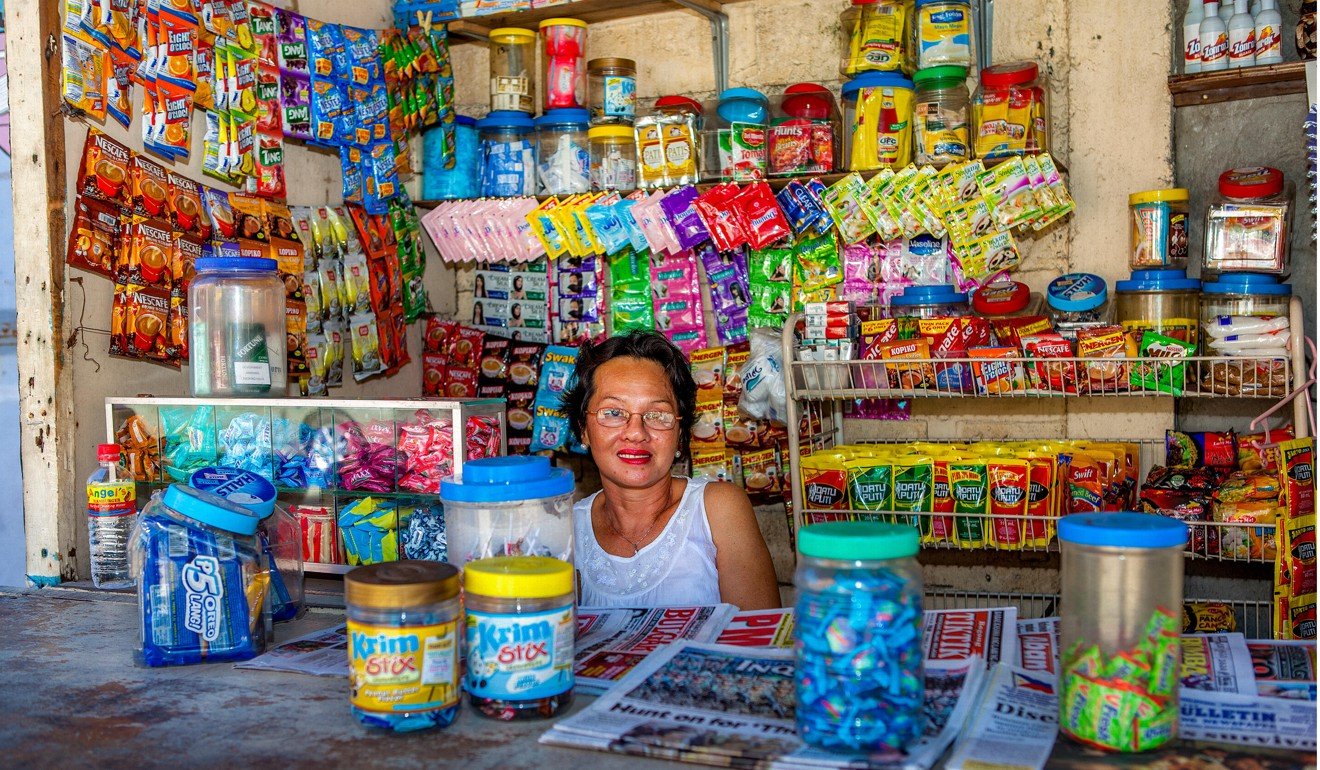
Hernandez and Grate call on companies to adhere more closely to an “extended producer responsibility” strategy – meaning minimising the impact of their waste on the environment.
“We have RA 9003; what we don’t have is a law that mandates producers to be responsible for the products and packaging that they are bringing to the market,” Hernandez says.
“These companies have made the decision to make these materials, knowing full well there is no infrastructure to dispose of them. So it’s not a consumer problem but a corporate problem.”
Six of the best plastic-free natural deodorants put to the test
Until large companies take responsibility for their actions, plastics will continue to blight the natural environment.
“Instead of relying on [local governments] and the efforts of environmental organisations, these companies, which are making a lot of money from consumers, should invest in their own long-term solutions,” Grate says.
“Metro Manila alone spends seven billion pesos [US$130 million] a year to dispose of waste – garbage that big corporations are making money with. It is not right for them to pass the burden to the government and communities.”
